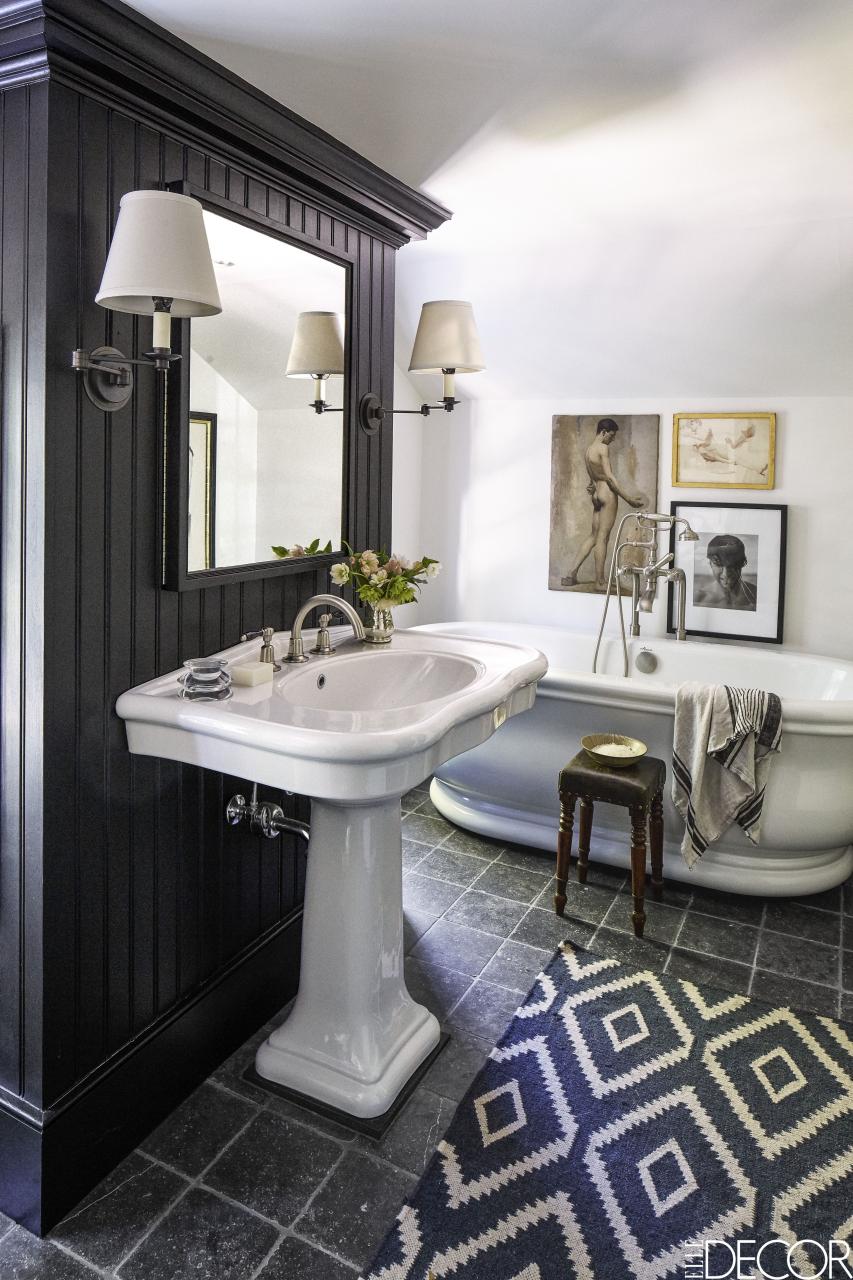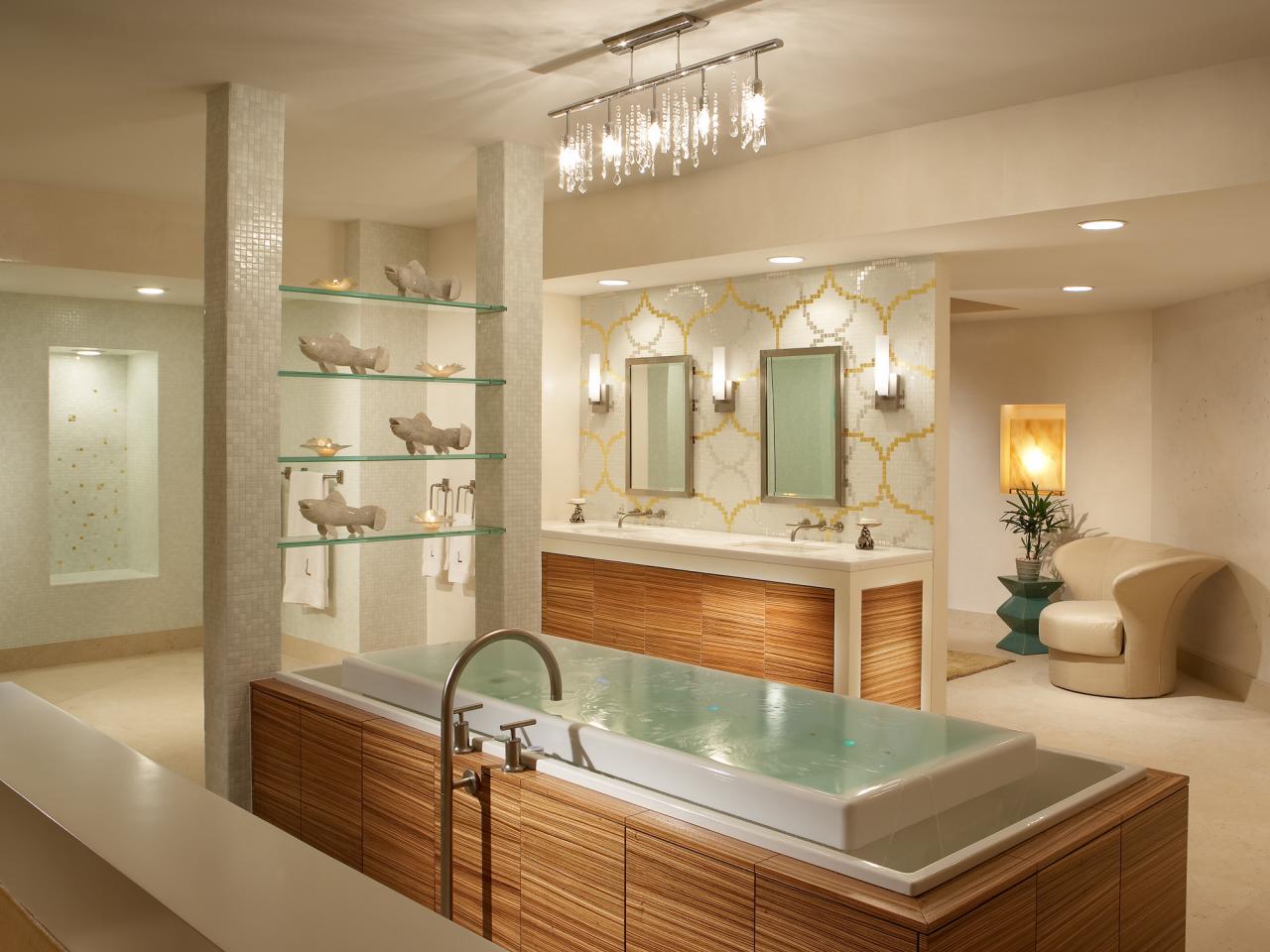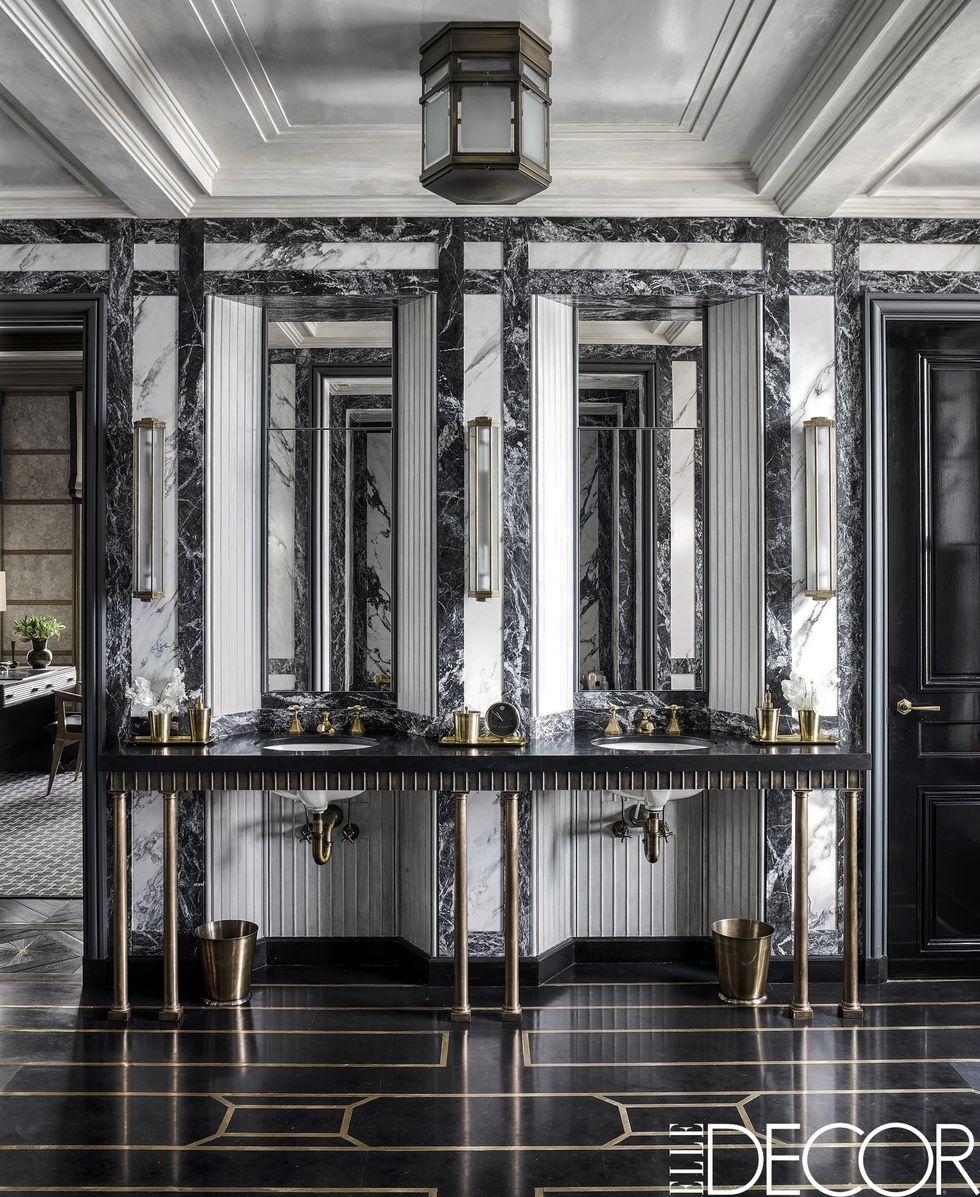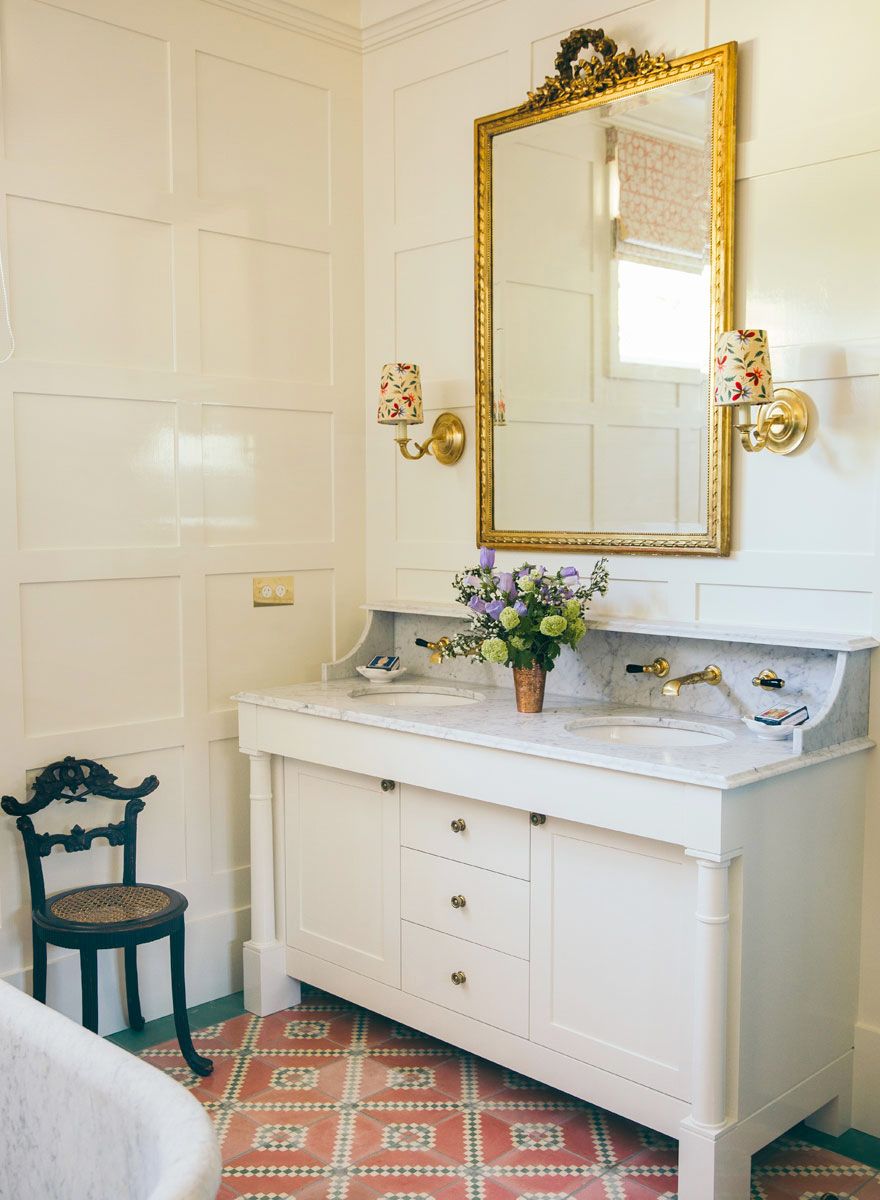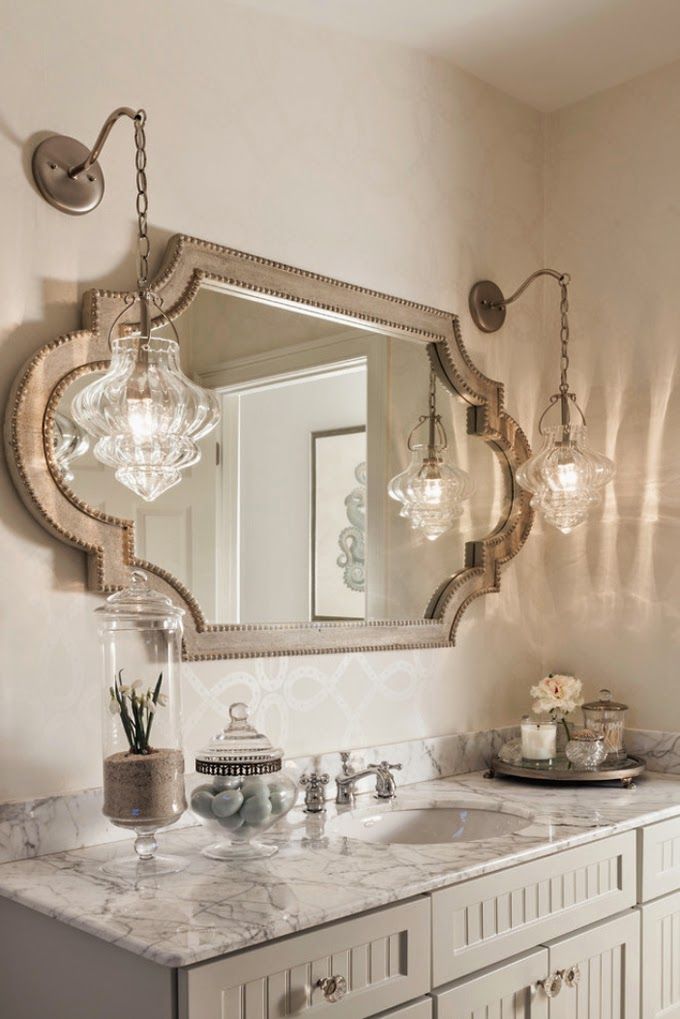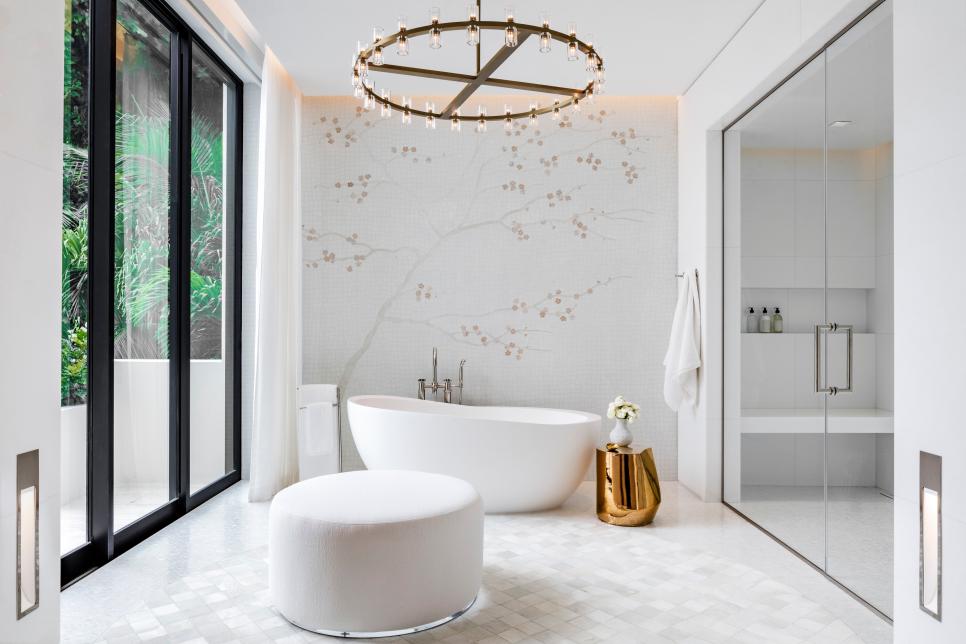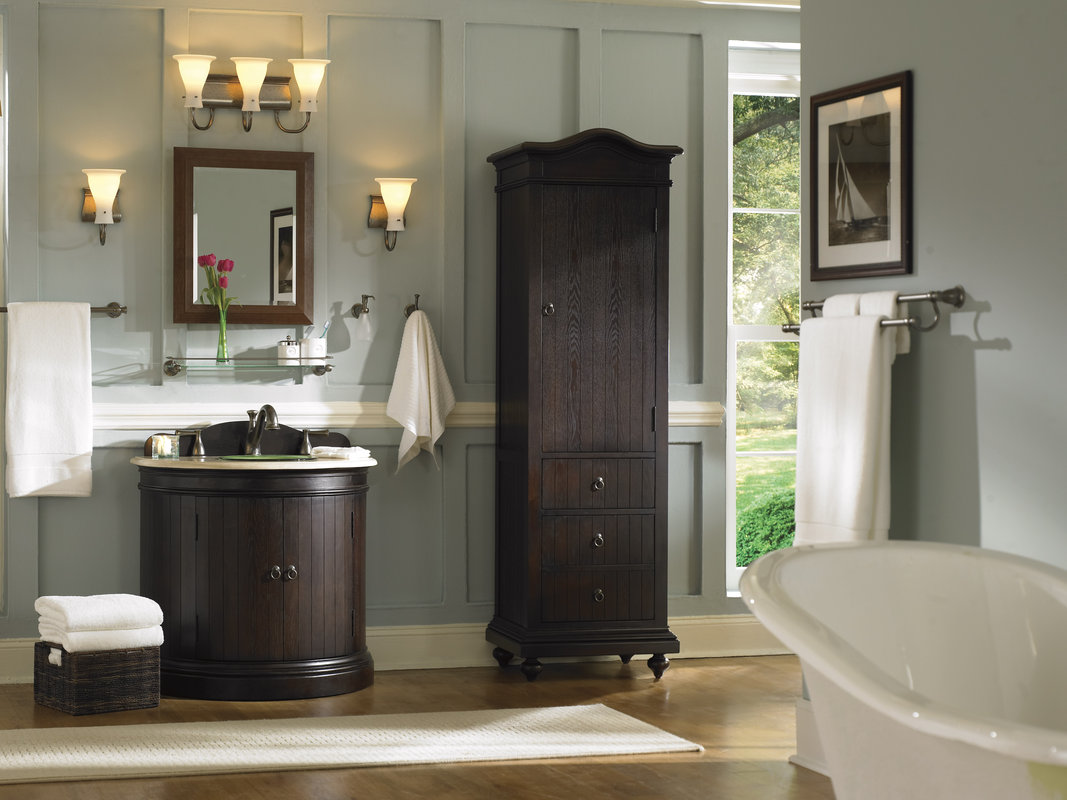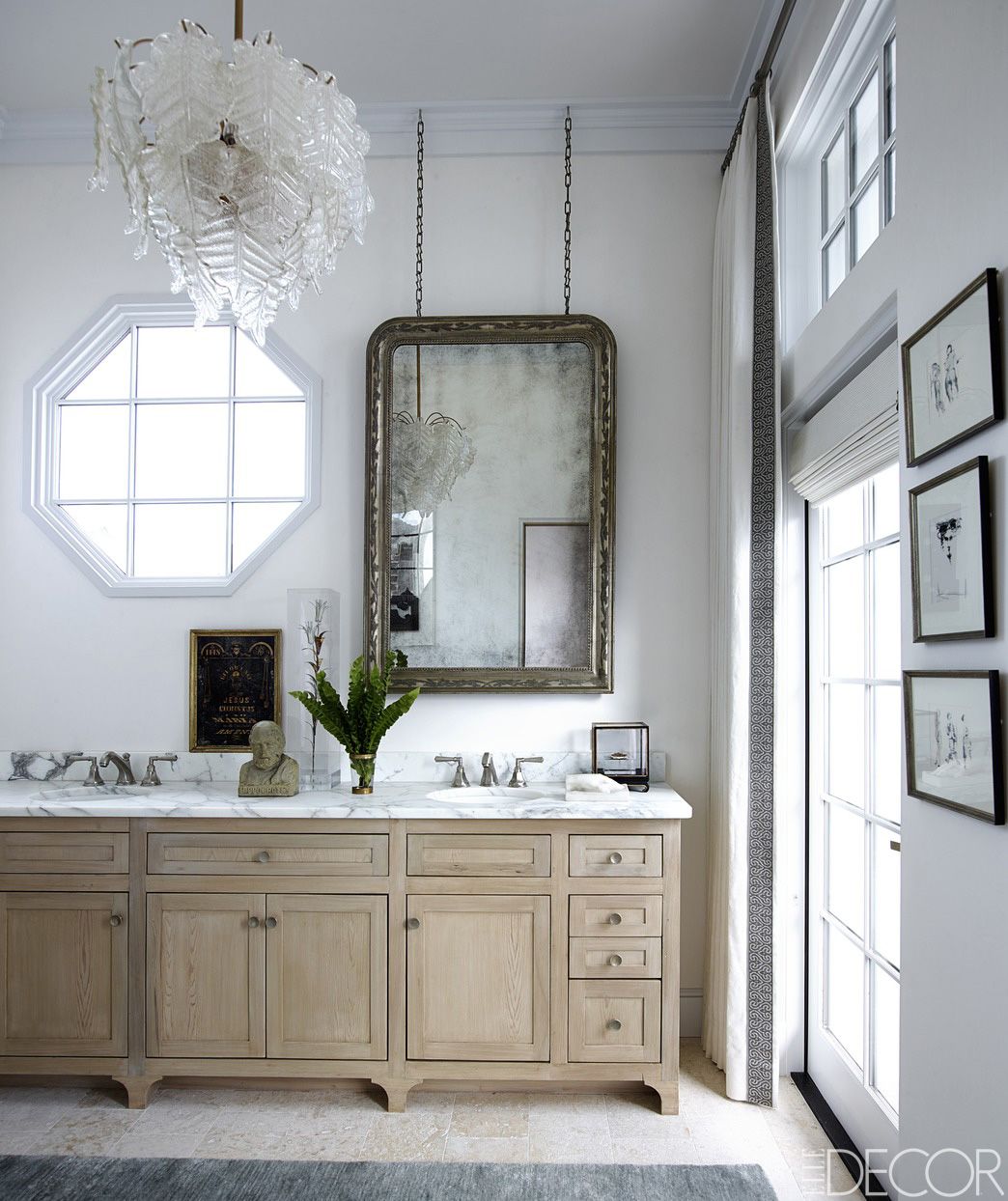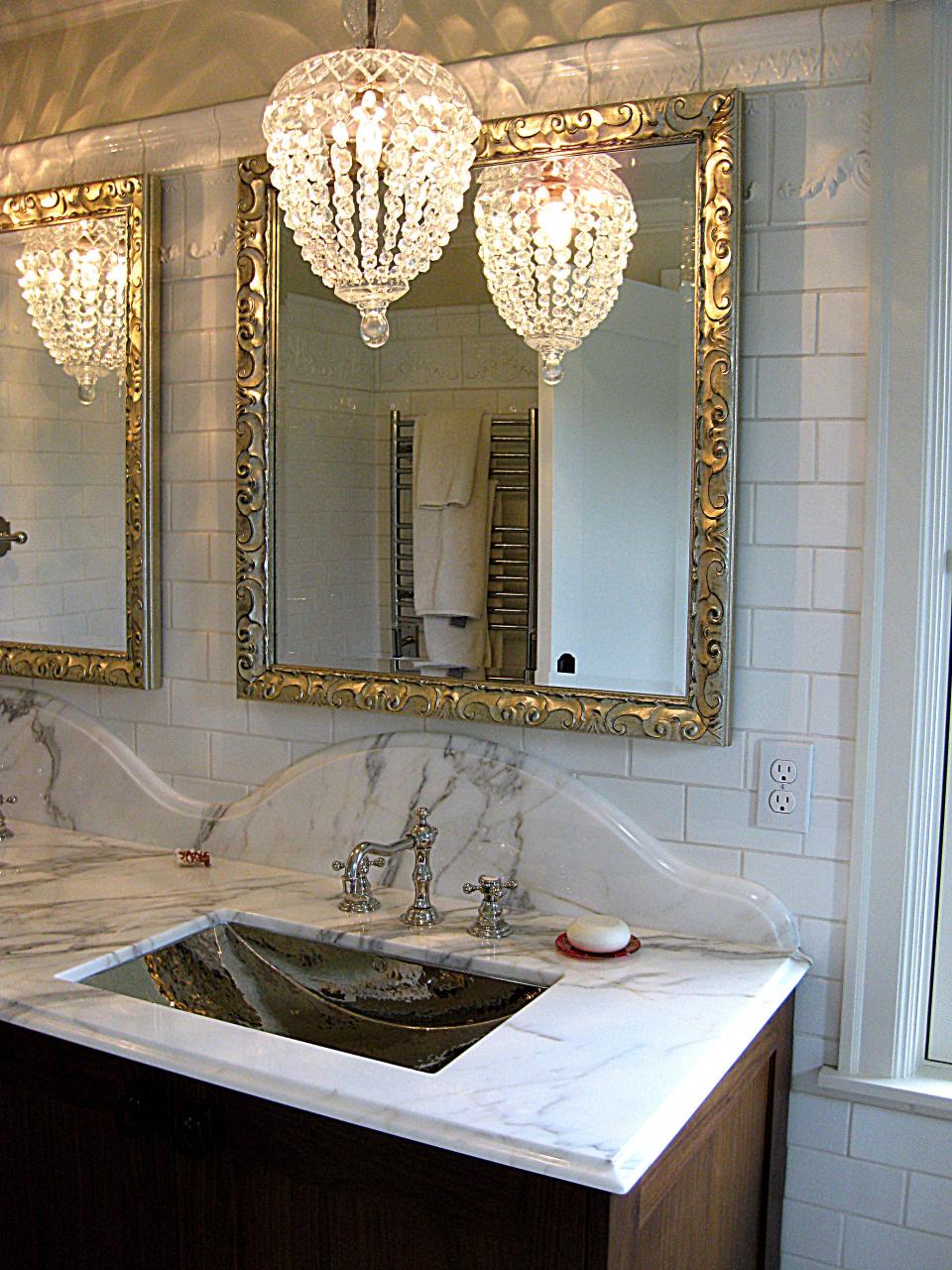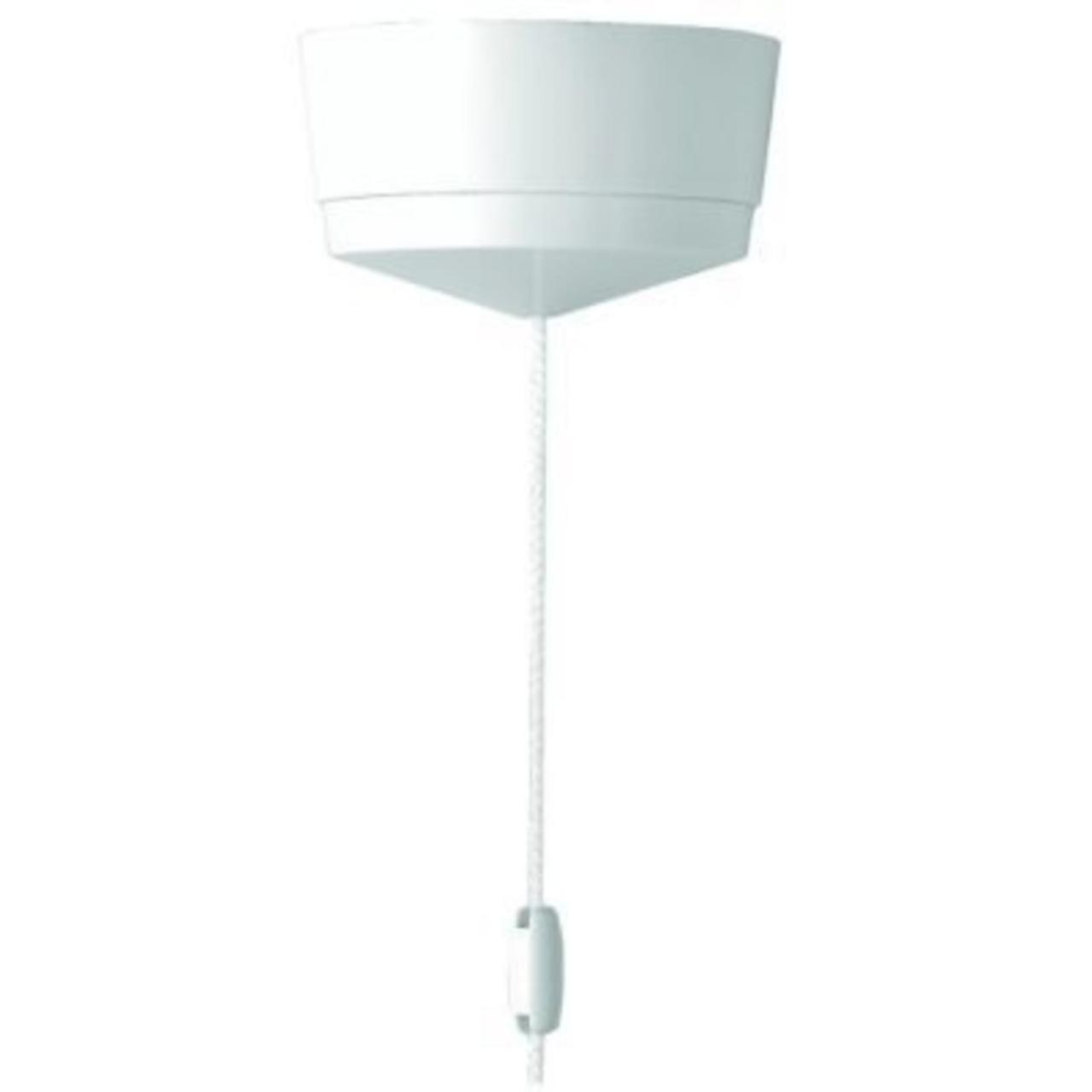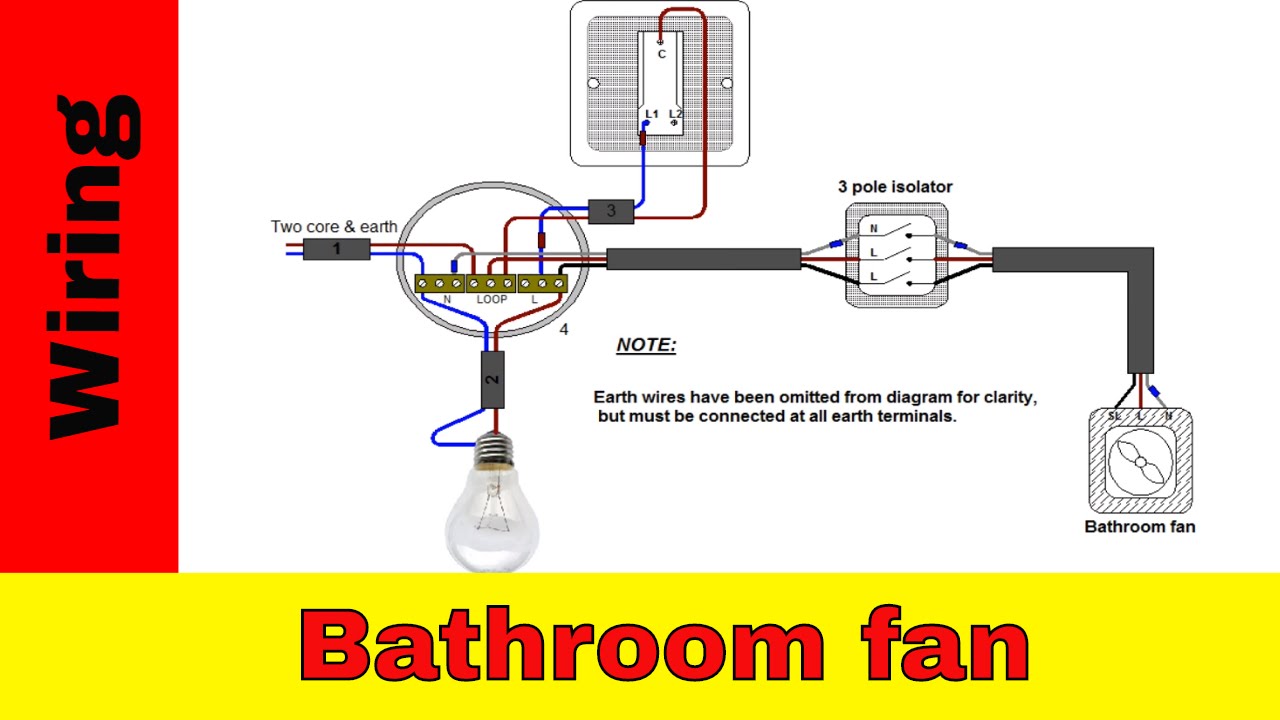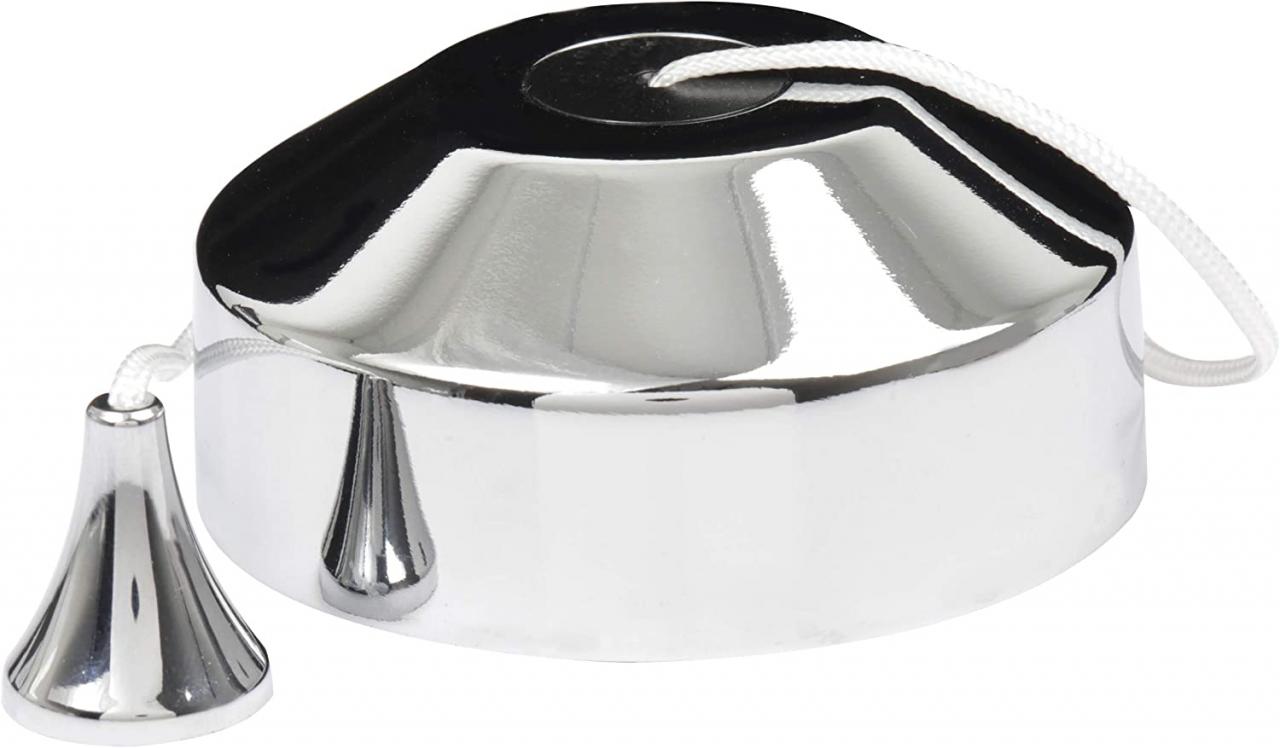Elegant bathroom lighting is a key component in creating a serene and luxurious atmosphere. Beyond functionality, the right lighting can transform a bathroom into a stylish sanctuary. Let’s discuss different aspects of bathroom lighting, including design principles, types of fixtures, installation tips, and maintenance practices. Whether you’re renovating a small powder room or designing a master bathroom, understanding these elements will help you achieve a well-lit and aesthetically pleasing space.
Design Principles of Bathroom Lighting
Layered Lighting Approach
Layered lighting is a fundamental principle in creating elegant bathroom lighting. This approach involves using multiple light sources at different levels to create a balanced and harmonious lighting scheme. The three main layers are ambient, task, and accent lighting. Ambient lighting provides overall illumination, task lighting focuses on specific areas like the vanity, and accent lighting highlights architectural features or decorative elements.
Incorporating these layers ensures that the bathroom is well-lit for various activities, from grooming to relaxing baths. For instance, ambient lighting can be achieved with ceiling-mounted fixtures or recessed lights, while task lighting is typically provided by sconces or vanity lights. Accent lighting, such as LED strips or spotlights, adds depth and visual interest to the space.
Another benefit of layered lighting is its ability to create a mood. Dimmers can be used to adjust the brightness of each layer, allowing you to create a soft, relaxing ambiance for evening baths or bright, invigorating light for morning routines. By carefully planning and layering different types of lighting, you can enhance both the functionality and aesthetics of your bathroom.
Proper placement of these lighting layers is crucial. Ambient lighting should be evenly distributed to avoid shadows, task lighting should be positioned to minimize glare and shadows on the face, and accent lighting should draw attention to focal points without overpowering the overall design. Combining these elements effectively results in a well-lit and elegant bathroom.
Choosing the Right Fixtures
Selecting the right fixtures is essential for achieving elegant bathroom lighting. The fixtures should complement the overall design of the bathroom while providing adequate illumination. Popular choices include chandeliers, pendant lights, wall sconces, and recessed lights. Each type of fixture serves a specific purpose and contributes to the overall aesthetic.
Chandeliers and pendant lights are excellent for adding a touch of luxury and drama to the bathroom. They work well in larger spaces and can become a focal point. Wall sconces, on the other hand, are perfect for task lighting around the vanity area. They provide focused light and help eliminate shadows on the face, which is essential for grooming tasks.
Recessed lights are versatile and can be used for both ambient and task lighting. They are ideal for small bathrooms where space is limited, as they provide good illumination without taking up visual space. Additionally, incorporating LED fixtures can enhance the elegance of your bathroom while being energy-efficient and long-lasting.
When choosing fixtures, consider their finish and material to ensure they match the bathroom’s decor. Popular finishes include chrome, brushed nickel, and brass, each offering a distinct look. The fixtures should also be rated for use in damp or wet environments to ensure safety and longevity. By selecting the right fixtures, you can enhance the elegance and functionality of your bathroom lighting.
Color Temperature and Light Quality
The color temperature and quality of light are critical factors in achieving elegant bathroom lighting. Color temperature is measured in Kelvin (K) and determines whether the light appears warm or cool. Warm light (2700K-3000K) creates a cozy, inviting atmosphere, while cool light (3500K-5000K) provides a bright, invigorating environment.
For bathroom lighting, a combination of warm and cool light is often ideal. Warm light is suitable for ambient and accent lighting, creating a relaxing ambiance. Cool light is better for task lighting around the vanity, as it provides clear, bright illumination that is necessary for grooming activities. By blending these temperatures, you can create a balanced lighting scheme that caters to different needs.
The quality of light is also important. High-quality LED bulbs are recommended for their longevity, energy efficiency, and excellent color rendering index (CRI). A high CRI (90 or above) ensures that colors appear true and vibrant, which is particularly important in a bathroom setting. Good quality light enhances the overall elegance and functionality of the space.
It’s also important to consider the placement of light sources to minimize shadows and glare. Positioning lights at eye level or slightly above helps reduce shadows on the face, while diffused light fixtures can help distribute light evenly. By carefully selecting the color temperature and quality of light, you can create an elegant and practical bathroom lighting design.
Integrating Natural Light
Integrating natural light into your bathroom lighting design adds an element of elegance and enhances the overall ambiance. Natural light provides a soft, flattering glow that artificial light often cannot replicate. Large windows, skylights, and glass doors are effective ways to bring in natural light and create a bright, airy atmosphere.
Positioning mirrors strategically can help amplify natural light. Placing a mirror opposite a window reflects light throughout the room, making it appear larger and brighter. Additionally, frosted or textured glass can be used to ensure privacy while still allowing light to filter through.
Natural light can also complement the artificial lighting layers. During the day, it can reduce the need for artificial lighting, saving energy and creating a more pleasant environment. In the evening, the transition from natural to artificial light can be seamless if the fixtures are dimmable and the color temperature is carefully chosen.
Consider window treatments that allow you to control the amount of natural light entering the bathroom. Sheer curtains or blinds can diffuse light and maintain privacy, while still letting in enough light to brighten the space. By integrating natural light, you enhance the elegance and functionality of your bathroom lighting.
Types of Bathroom Lighting Fixtures
Chandeliers and Pendant Lights
Chandeliers and pendant lights are excellent choices for adding elegance and sophistication to a bathroom. These fixtures serve as a focal point and can dramatically enhance the overall decor. Chandeliers are ideal for larger bathrooms with high ceilings, providing both ambient light and a touch of luxury.
Pendant lights offer similar benefits but are more versatile in terms of placement. They can be hung over a bathtub, vanity, or in a central location to provide ambient or task lighting. The style and finish of these fixtures can be chosen to match the bathroom’s decor, whether it’s modern, traditional, or transitional.
When selecting chandeliers or pendant lights, consider the scale of the fixture relative to the space. A large, elaborate chandelier might overwhelm a small bathroom, while a sleek, simple pendant can complement a modern design without dominating the room. Additionally, ensure that these fixtures are rated for use in damp environments to prevent damage and ensure safety.
Installation height is crucial for both chandeliers and pendant lights. They should be hung at a height that provides adequate illumination without obstructing views or causing glare. Over a bathtub or vanity, pendants should be placed to provide focused light without creating harsh shadows. By carefully selecting and installing these fixtures, you can enhance the elegance and functionality of your bathroom lighting.
Wall Sconces
Wall sconces are a popular choice for bathroom lighting, particularly around the vanity area. They provide focused, task-oriented light that is essential for activities like shaving, makeup application, and grooming. Sconces are typically installed at eye level or slightly above, ensuring that light is evenly distributed and shadows are minimized.
The style and design of wall sconces can significantly impact the bathroom’s overall aesthetic. Traditional sconces with ornate details can add a touch of classic elegance, while modern, minimalist designs create a sleek, contemporary look. The finish of the sconces, whether it’s chrome, brass, or matte black, should complement the other fixtures and hardware in the bathroom.
For optimal lighting, it’s often best to install sconces on either side of the vanity mirror. This arrangement provides even illumination across the face, reducing shadows and glare. In smaller bathrooms, a single sconce above the mirror can also be effective, provided it has a wide enough beam spread to illuminate the entire area.
Wall sconces can also be used to highlight architectural features or artwork in the bathroom. Placing sconces near these elements draws attention to them and enhances the overall decor. By choosing the right style and placement, wall sconces can significantly enhance the elegance and functionality of your bathroom lighting.
Recessed Lighting
Recessed lighting is a versatile and unobtrusive option for bathroom lighting. These fixtures are installed into the ceiling, providing a clean, streamlined look that works well in both modern and traditional bathrooms. Recessed lights can be used for ambient, task, or accent lighting, depending on their placement and the type of bulb used.
For ambient lighting, recessed lights should be evenly spaced across the ceiling to provide uniform illumination. This setup ensures that the entire bathroom is well-lit, without creating harsh shadows or glare. In larger bathrooms, a combination of recessed lights and other fixtures, like chandeliers or sconces, can create a balanced lighting scheme.
Task lighting with recessed fixtures is typically focused around the vanity or shower area. Adjustable, directional recessed lights can be aimed to provide precise illumination where it’s needed most. These fixtures are especially useful in smaller bathrooms where wall space is limited, as they provide ample light without taking up visual space.
Accent lighting with recessed fixtures can highlight architectural features, artwork, or decorative elements. Placing recessed lights near these features draws attention to them and enhances the overall decor. Dimmable recessed lights allow you to adjust the brightness, creating the perfect ambiance for any time of day. By carefully planning and installing recessed lighting, you can enhance the elegance and functionality of your bathroom.
Vanity Lighting
Vanity lighting is crucial for creating a functional and elegant bathroom. This type of lighting is focused around the mirror and sink area, providing the bright, even illumination necessary for grooming tasks. Vanity lights can be installed as sconces on either side of the mirror or as a single fixture above it, depending on the size and layout of the space.
Choosing the right style of vanity lighting can enhance the overall decor of the bathroom. Sleek, modern fixtures with LED bulbs offer a contemporary look, while more ornate designs can add a touch of traditional elegance. The finish of the fixtures should complement the other hardware and fixtures in the bathroom for a cohesive look.
For optimal lighting, the fixtures should be placed at eye level or slightly above, ensuring that light is evenly distributed across the face. This setup reduces shadows and provides the bright, focused light needed for tasks like shaving or applying makeup. In larger bathrooms, a combination of side sconces and an overhead fixture can provide even more effective illumination.
Vanity lighting should also be chosen for its functionality. Fixtures with adjustable arms or directional lights can be aimed to provide precise illumination where it’s needed most. Dimmable lights offer flexibility, allowing you to adjust the brightness to suit different activities and times of day. By selecting the right style and placement of vanity lighting, you can enhance both the elegance and functionality of your bathroom.
Installation Tips for Bathroom Lighting
Planning and Layout
Proper planning and layout are crucial for achieving elegant bathroom lighting. Before purchasing fixtures or starting installation, it’s important to consider the bathroom’s layout, existing wiring, and the types of lighting needed. Creating a detailed lighting plan ensures that each area of the bathroom is adequately illuminated and that the fixtures are installed in the most effective locations.
Start by identifying the key areas that require lighting: the vanity, shower or bathtub, and general ambient lighting. Each area may require different types of fixtures and bulbs to provide the right amount of light. For example, the vanity area needs bright, focused light for grooming tasks, while the shower area benefits from waterproof, recessed fixtures.
Consider the placement of light switches and electrical outlets as well. Dimmers should be installed to allow for adjustable lighting levels, and outlets should be placed conveniently for electric appliances. Ensuring that the wiring is up to code and that the bathroom’s electrical system can support the new fixtures is essential for safety and functionality.
Creating a balanced lighting plan also involves considering the placement of mirrors and other reflective surfaces. These elements can enhance the overall lighting by reflecting light and creating a brighter, more open space. By carefully planning the layout and placement of fixtures, you can achieve elegant and effective bathroom lighting.
Selecting the Right Bulbs
Choosing the right bulbs is essential for achieving the desired lighting effect in your bathroom. The type of bulb you select will determine the color temperature, brightness, and energy efficiency of your lighting. LED bulbs are a popular choice for bathroom lighting due to their long lifespan, energy efficiency, and excellent color rendering.
For ambient lighting, consider bulbs with a warm color temperature (2700K-3000K) to create a cozy, inviting atmosphere. For task lighting, such as around the vanity, cooler bulbs (3500K-5000K) provide bright, clear light that is ideal for grooming tasks. Combining different color temperatures can create a balanced and versatile lighting scheme.
The brightness of the bulbs, measured in lumens, should be chosen based on the size and layout of the bathroom. Larger bathrooms may require higher lumen output to ensure adequate illumination. Dimmable bulbs offer flexibility, allowing you to adjust the brightness to suit different activities and times of day.
It’s also important to choose bulbs with a high color rendering index (CRI) for accurate color representation. A CRI of 90 or above is recommended for bathroom lighting, as it ensures that colors appear true and vibrant. By selecting the right bulbs, you can enhance the elegance and functionality of your bathroom lighting.
Installing Fixtures
Proper installation of fixtures is essential for achieving elegant bathroom lighting. Each type of fixture requires specific installation techniques to ensure safety and optimal performance. Hiring a licensed electrician is recommended for complex installations, particularly when adding new wiring or working with existing electrical systems.
For chandeliers and pendant lights, the height and placement are crucial. These fixtures should be hung at a height that provides adequate illumination without obstructing views or creating glare. Over a bathtub or vanity, pendants should be placed to provide focused light without creating harsh shadows. Ensure that these fixtures are securely mounted and rated for use in damp environments.
Wall sconces should be installed at eye level or slightly above, providing even illumination across the face. Proper spacing between sconces ensures that light is evenly distributed and shadows are minimized. Recessed lights should be spaced evenly across the ceiling for uniform ambient lighting and directed appropriately for task or accent lighting.
Vanity lights should be placed on either side of the mirror or above it, providing bright, focused light for grooming tasks. Ensure that the fixtures are securely mounted and that the bulbs are easily accessible for maintenance. By following proper installation techniques, you can achieve elegant and functional bathroom lighting.
Ensuring Safety
Safety is paramount when installing bathroom lighting. The bathroom is a damp environment, and improper installation can lead to electrical hazards. All fixtures should be rated for use in damp locations to ensure they can withstand the humidity and occasional water splashes common in bathrooms.
GFCI (Ground Fault Circuit Interrupter) outlets are essential in bathrooms to prevent electrical shock. These outlets detect imbalances in the electrical current and shut off power to prevent injury. Ensure that all electrical outlets near water sources are equipped with GFCI protection.
Proper ventilation is also important to prevent moisture buildup and protect the lighting fixtures. Exhaust fans should be installed to remove humidity and reduce the risk of mold and mildew. Regular maintenance of these fans ensures they function effectively and contribute to a safe environment.
Hiring a licensed electrician for installation ensures that all work is done to code and that the bathroom’s electrical system can support the new fixtures. An electrician can also provide guidance on the best placement and types of fixtures for optimal safety and performance. By prioritizing safety, you can enjoy elegant and reliable bathroom lighting.
Maintenance Tips for Bathroom Lighting
Regular Cleaning
Regular cleaning is essential for maintaining elegant bathroom lighting. Dust and grime can accumulate on fixtures, reducing their brightness and detracting from their appearance. Cleaning the fixtures regularly ensures that they provide optimal illumination and remain a stylish element of the bathroom decor.
Use a soft cloth and a mild cleaning solution to wipe down the fixtures. Avoid using harsh chemicals or abrasive materials, as these can damage the finish. For glass shades or covers, remove them and wash them with warm, soapy water to remove any buildup. Dry thoroughly before reassembling to prevent water spots.
Recessed lights and other hard-to-reach fixtures can be cleaned with an extendable duster. Regularly dusting these fixtures prevents the accumulation of dirt and ensures they remain bright and functional. Pay special attention to fixtures in the shower or bathtub area, as they are more prone to moisture and soap scum buildup.
In addition to the fixtures, clean the bulbs and mirrors regularly. Dust and smudges on these surfaces can reduce the overall brightness and clarity of the lighting. By maintaining a regular cleaning schedule, you can keep your bathroom lighting looking elegant and performing at its best.
Preventative Measures
Taking preventative measures can help prolong the life and performance of your bathroom lighting fixtures. One important step is to use the appropriate bulbs for each fixture, ensuring they are within the recommended wattage and type. Using the wrong bulbs can cause overheating and damage to the fixture.
Install dimmer switches to adjust the brightness and reduce wear on the bulbs. Dimming the lights when full brightness is not needed can extend the life of the bulbs and reduce energy consumption. Ensure that the dimmer switches are compatible with the bulbs used, particularly if using LED lights.
Check the fixtures regularly for any signs of wear or damage. Loose screws, cracks in the glass, or frayed wires should be addressed promptly to prevent further damage and ensure safety. Regularly inspecting the fixtures allows you to catch and address any issues before they become major problems.
Using moisture-resistant fixtures and bulbs in damp areas, such as the shower or near the sink, helps prevent corrosion and damage. Ensuring proper ventilation in the bathroom reduces humidity and extends the life of the fixtures. By taking these preventative measures, you can maintain the elegance and functionality of your bathroom lighting.
Dealing with Stains and Damage
Despite your best efforts, stains and damage can occur on bathroom lighting fixtures. Addressing these issues promptly ensures that the fixtures remain functional and attractive. For stains on glass or metal surfaces, use a gentle cleaning solution and a soft cloth to remove any buildup. Avoid harsh chemicals that can damage the finish.
For fixtures with fabric shades, spot clean with a mild detergent and water. Test the cleaning solution on an inconspicuous area first to ensure it does not discolor the fabric. For severe stains or damage, consider replacing the shade to maintain the fixture’s appearance.
If a fixture is damaged, such as a cracked glass shade or a loose connection, it may be necessary to replace the damaged part. Many fixtures have replacement parts available, allowing you to restore them to their original condition without needing to replace the entire fixture. Consult the manufacturer’s instructions or a professional for guidance on replacing parts.
In cases of severe damage or if the fixture poses a safety hazard, it may be best to replace it entirely. When selecting a replacement, choose a fixture that complements the existing decor and provides the desired level of illumination. By addressing stains and damage promptly, you can maintain the elegance and functionality of your bathroom lighting.
Long-Term Care
Long-term care of bathroom lighting fixtures involves regular maintenance and periodic upgrades to keep the lighting effective and stylish. Replacing bulbs as they burn out ensures that the bathroom remains well-lit and functional. Keep spare bulbs on hand to facilitate quick replacements and reduce downtime.
Consider upgrading to energy-efficient LED bulbs if your fixtures currently use incandescent or halogen bulbs. LED bulbs have a longer lifespan, consume less energy, and provide excellent color rendering. Upgrading to LED lighting can enhance the elegance of your bathroom while reducing energy costs.
Periodically review the overall lighting scheme to ensure it meets your needs. As your lifestyle and preferences change, you may find that different types of fixtures or lighting levels are more suitable. Updating the lighting to match your current needs ensures that the bathroom remains a comfortable and functional space.
Consult a lighting professional for advice on the latest trends and technologies in bathroom lighting. They can provide recommendations on new fixtures, bulbs, and installation techniques to enhance the elegance and functionality of your bathroom. By investing in long-term care, you can enjoy beautiful and effective bathroom lighting for years to come.
Common Mistakes to Avoid
Skipping Subfloor Preparation
One common mistake when installing bathroom lighting is skipping the preparation of the subfloor. This can lead to uneven surfaces and improper fixture installation. Ensuring that the subfloor is properly prepared and level is essential for safe and effective lighting installation. This involves cleaning, leveling, and securing the subfloor to provide a stable base for the fixtures.
Incorrect Bulb Selection
Choosing the wrong bulbs for your bathroom fixtures can result in inadequate lighting, excessive heat, and reduced bulb life. Ensure that you select bulbs with the appropriate wattage, color temperature, and CRI for each fixture. Using LED bulbs with dimmable capabilities can provide flexibility and energy efficiency.
Ignoring Electrical Codes
Ignoring electrical codes and safety regulations can lead to hazardous installations and potential electrical issues. Always ensure that your bathroom lighting installation complies with local electrical codes and safety standards. Hiring a licensed electrician can help ensure that all work is done correctly and safely.
Using Inappropriate Fixtures
Using fixtures that are not rated for wet environments can result in damage and reduced fixture lifespan. Always choose fixtures that are specifically designed for bathroom use, particularly in areas exposed to moisture. This ensures that the fixtures can withstand the conditions and remain safe and functional.
What is the best type of lighting for a bathroom?
The best type of lighting for a bathroom involves a combination of ambient, task, and accent lighting. Ambient lighting provides overall illumination, task lighting focuses on specific areas like the vanity, and accent lighting highlights architectural features. Using a mix of these lighting types creates a balanced and functional lighting scheme that enhances the bathroom’s aesthetics.
How do I choose the right color temperature for bathroom lighting?
Choosing the right color temperature for bathroom lighting depends on the desired ambiance and functionality. Warm light (2700K-3000K) creates a cozy, inviting atmosphere, while cool light (3500K-5000K) provides bright, clear illumination ideal for grooming tasks. Combining warm and cool light can create a balanced lighting scheme that caters to different needs and activities.
Can I use dimmable lights in the bathroom?
Yes, dimmable lights are highly recommended for bathroom lighting. Dimmable lights offer flexibility, allowing you to adjust the brightness to suit different activities and times of day. They can create a soft, relaxing ambiance for evening baths or bright, invigorating light for morning routines. Ensure that the dimmer switches are compatible with the bulbs used, particularly if using LED lights.
How can I integrate natural light into my bathroom lighting design?
Integrating natural light into your bathroom lighting design enhances the overall ambiance and reduces the need for artificial lighting during the day. Large windows, skylights, and glass doors are effective ways to bring in natural light. Positioning mirrors strategically can help amplify natural light, creating a bright, airy atmosphere. Window treatments that allow control over light levels can maintain privacy while letting in natural light.
What are the benefits of using LED bulbs in bathroom lighting?
LED bulbs offer several benefits for bathroom lighting, including energy efficiency, long lifespan, and excellent color rendering. They consume less energy than incandescent or halogen bulbs, reducing energy costs. LED bulbs also last longer, reducing the frequency of replacements. Additionally, they provide high-quality light with a high color rendering index (CRI), ensuring that colors appear true and vibrant. Using LED bulbs enhances the elegance and functionality of bathroom lighting while being environmentally friendly.
Related Posts:
- Pictures Of Bathroom Lighting Ideas
- Halogen Bathroom Light Bulbs
- DIY Bathroom Lighting Ideas
- Bathroom Light Fittings Bhs
- How To Install Bathroom Light
- Bathroom Light Shades Replacement
- Bathroom Light Fixtures Brushed Nickel Finish
- Vintage Style Bathroom Lights
- Bathroom Light Exhaust Fan Heater
- 4 Pin Bathroom Light Bulb

